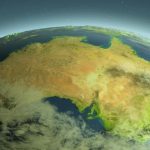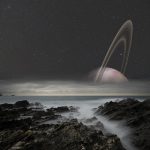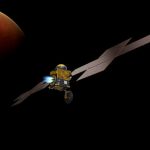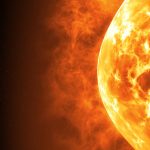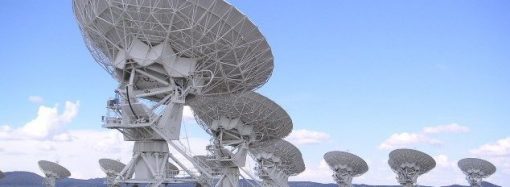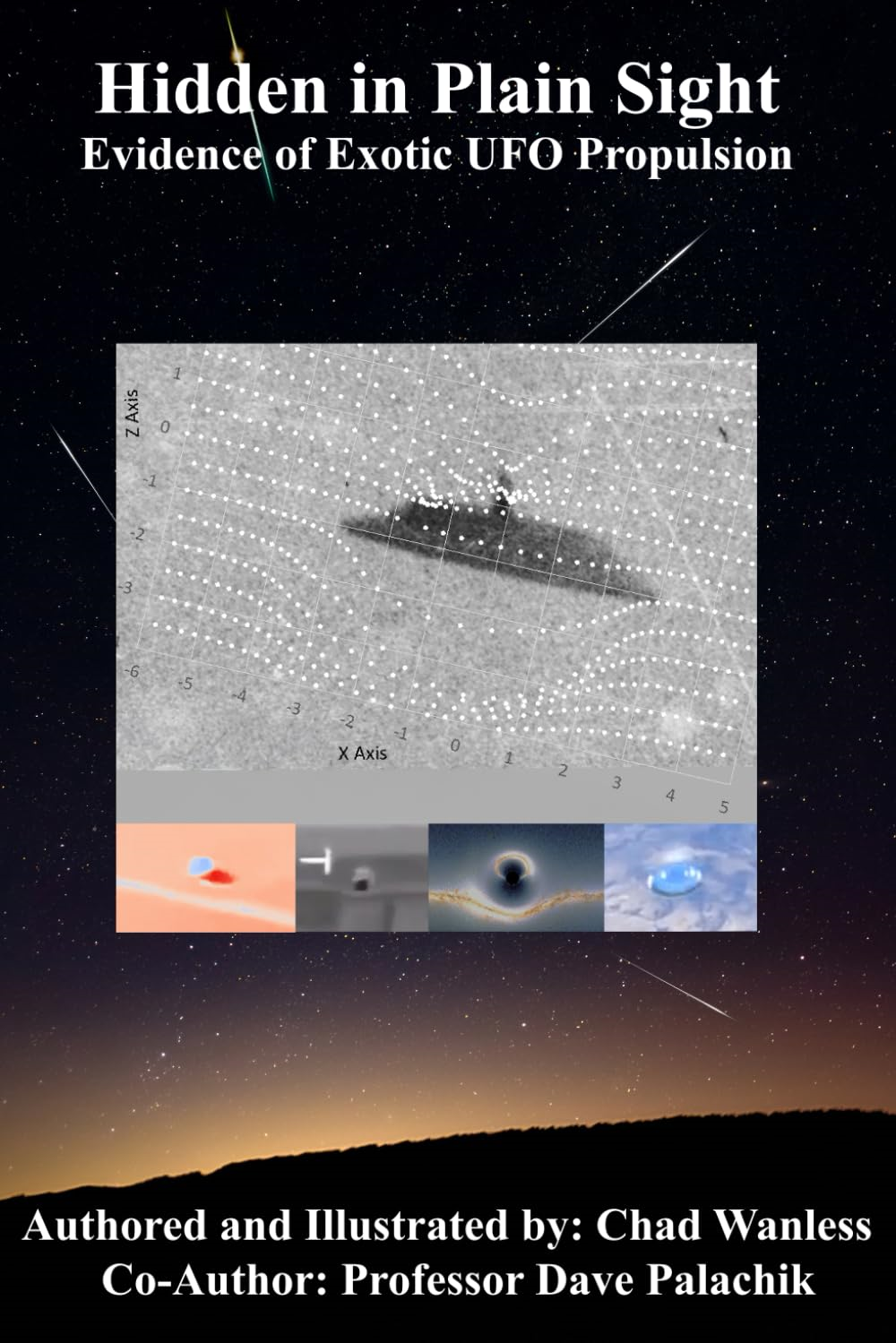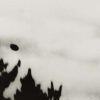Got $50 million for a vacation? NASA to open space station to private citizens0
- From Around the Web, Space
- June 8, 2019
NASA will allow private citizens to stay at the International Space Station (ISS) for month-long getaways at a cost of about $35,000 per night, the U.S. space agency said on Friday.





